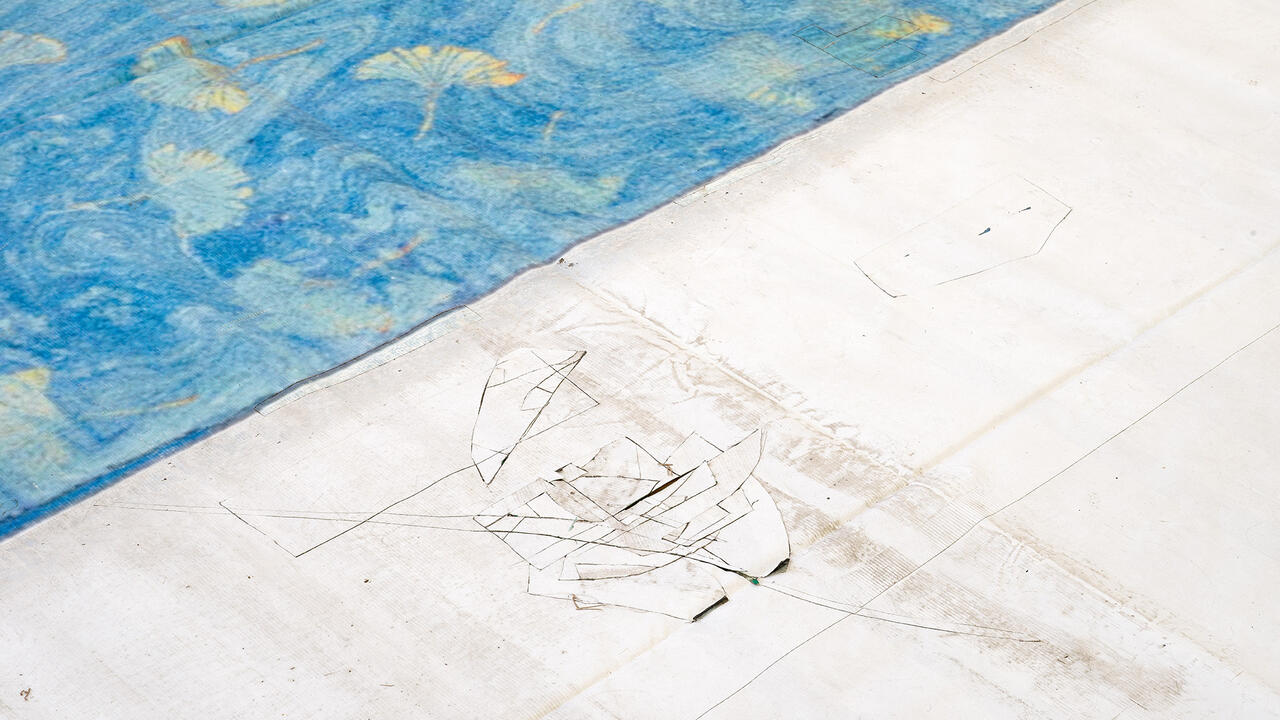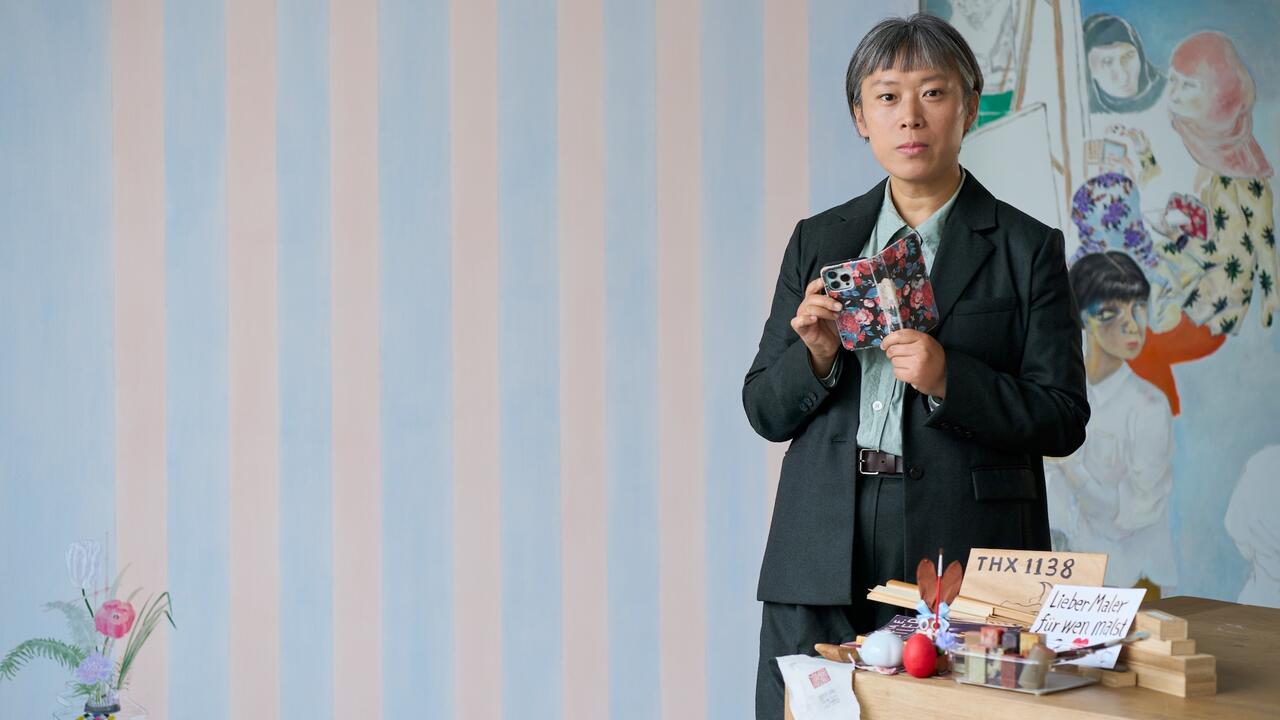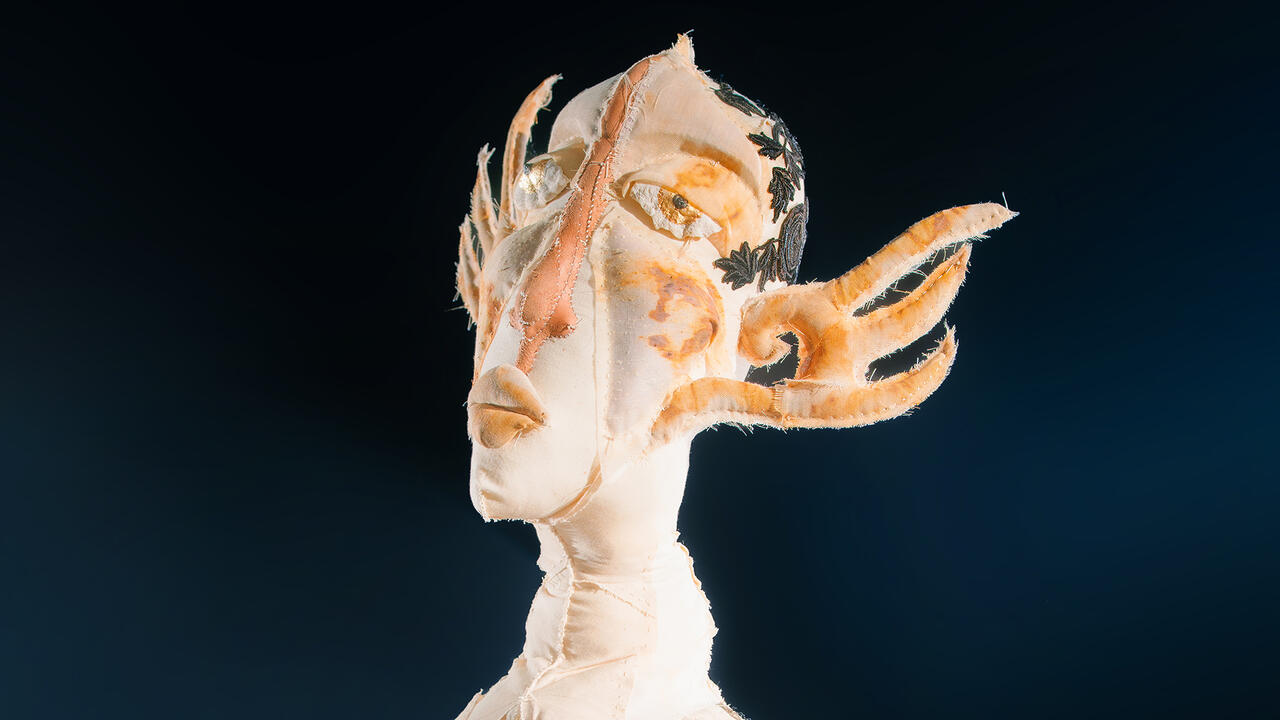Where Next? Imagining the Dawn of the ‘Chinese century’
Whether or not the 21st century turns out to be China’s, a new set of global conditions is emerging
Whether or not the 21st century turns out to be China’s, a new set of global conditions is emerging

Over dinner in Shanghai a few years ago, I was debating the question of futurity with a friend. Our heads clouded by baijiu (sorghum wine), I found myself glibly insisting that neoliberalism had wrung out what remained of the utopian imagination, echoing the grim capitalist realism articulated by Mark Fisher, Fredric Jameson and others. Cut to 2017: Fisher is sadly no longer with us and even Francis Fukuyama, the political economist whose ‘end of history’ thesis postulated the infinite horizon of neoliberal capitalism, recently acknowledged: ‘Twenty-five years ago, I didn’t have a sense or a theory about how democracies can go backward […] And I think they clearly can.’
If the era of liberal democracy is crumbling before our eyes, alternate futures seem all the more potent amidst the ugliness of the present. Of course, I hit a dead end that night in Shanghai. Why should the ‘end of history’ mean anything in China? I only had to glance over at the skyline to see that the future never left: it just went elsewhere.
Of Shanghai, the philosopher Anna Greenspan observes: ‘The sense of an immanent future, has returned.’1 The video Always I Trust (2014), by Hangzhou-based artist Cheng Ran, feels like a mood board for what Greenspan describes as modernity’s ‘temporality of anticipation’. Resembling a high-end perfume advert, the work trades in the artist’s characteristic imagery of poetic excess and features the Hong Kong movie star Carina Lau. Filmed through oneiric refractions of contemporary Shanghai, Cheng’s cinematography luxuriates in crystalline facades and sumptuous interiors. Lau delivers a languishing romantic monologue, translated into Mandarin from a scam email received by the artist. She is the lone inhabitant of these vertiginous spaces, the self-conscious intimacy of her soliloquy steeped in the high-definition alienation of her surroundings.

Cheng’s lingering gaze provides a sensuous counterpoint to the municipal textures in the paintings of Cui Jie, a Shanghai native and fellow graduate of Hangzhou’s National Art Academy. Cui’s imagined skylines draw on the motifs of 20th-century architectural history and the sweeping utopian geometries of modernist civic sculpture, evoking the magpie historicism of contemporary Chinese urbanization.
The emergence of such ‘Sinofuturist’ tropes seems indicative of a shift in the geopolitical consciousness. In the latest update of the ‘Yellow Peril’, Western media regularly represent China as an alternate, alien universe, depicting it, by turns, as an Orwellian nightmare, an apocalyptic smogscape and a fully automated world of tomorrow. Popular culture often takes this quite literally: the exterior scenes in Spike Jonze’s 2013 sci-fi rom-com, Her, were filmed in Shanghai’s Pudong district, setting Joaquin Phoenix’s high-waisted trousers against the archetypal Chinese metropolis cast as a future Los Angeles. More pithily, a character in Rian Johnson’s thriller Looper (2012) advises: ‘I’m from the future: go to China.’
Sinofuturism is ambivalent towards utopia. It is invested in the abundance of: ‘Where next?'
Such fetishistic shades of orientalism are nothing new. The 17th-century Jesuit missionary Joseph de Prémare believed Chinese script to emanate from the word of god himself. More recently, references to Sinofuturism appear in the 1990s writings of the Cybernetic Cultures Research Unit. Based at the University of Warwick, under Nick Land and Sadie Plant, the group’s libidinal investment in the death drive of Western capitalism manifested itself in techno-orientalism par excellence. Steve Goodman’s ‘Fei Chi’en Rinse Out’ (1998) – described as a ‘Sinofuturist meditation’ – imagines ‘digital maps sent back from Shaolin (a satellite entity orbiting somewhere outside history)’. Tones of fear accompany the rapture: last year’s news that a Chinese supercomputer had become the world’s fastest prompted one mainstream tech outlet to proclaim that IBM’s next release would ‘crush’ the Chinese machine.
Sinofuturism invokes a complex set of conditions, combining anxieties about the Western political order and about China’s economic rise, with the cat’s cradle of globalization criss-crossing between them. The question of how a ‘future with Chinese characteristics’ might be imagined is particularly thorny for those with diasporic identities who find themselves caught in the middle, with an ambiguous relationship to the visions it conjures. As the UK-based artist Lawrence Lek, who grew up in Singapore, declared in his recent video essay, Sinofuturism (1839–2046 AD) (2016): ‘Sinofuturism is an invisible movement. A spectre already embedded into a trillion industrial products, a billion individuals.’ Playing off familiar stereotypes, Lek’s documentary montage both internalizes and ironically inverts the techno-orientalist narrative, supposing Sinofuturism as a global conspiracy or, rather, the conspiracy of globalization itself. As a burgeoning superpower shaking off its reputation as the world’s factory, in Lek’s account, China is re-imagined as a posthuman intelligence: a distributed network of bodies and brains more creative, disciplined and collectivized than any descendant of the European enlightenment.

The emergent narratives of Sinofuturism propose an alternate temporality by which to politicize the present. Throughout the 20th century, art, music and literature now assembled under the banner of Afrofuturism sought to decentre the cosmologies of the West by reclaiming the techno-cultural agency of black bodies precluded by Western modernity. In contrast, Sinofuturism – like its Arab cousin, Gulf futurism (as theorized by artists Fatima Al Qadiri and Sofia Al Maria in 2011) – feels less of an emancipatory movement than the timely framing of a geopolitical aesthetic. Just as Gulf futurism describes the vacant hedonism of oil-rich youth culture amongst the glittering spires of Abu Dhabi and Dubai, Sinofuturism takes its cues from the LED-lit blur of contemporary China. Both of these joyrides are ambivalent towards utopia, invested only in the abundance of: ‘Where next?’ Crossing the border, Al Qadiri capitalizes on Sinofuturist tropes in her ethereal debut album, Asiatisch (released in 2014 on Goodman’s label, Hyperdub): ‘I got a dragon tattoo on my arm / and I mean to cause you harm.’ The growing aesthetic currency of these weaponized clichés evinces an increasingly hollow Euro-American claim to futurity.
In 2016, the Chinese novelist Ning Ken observed: ‘Modern China is so crazy it needs a new literary genre.’ For Ning, the velocity of China’s technological and infrastructural change and the immediacy of its internet-enabled cultural feedback demands that writers face up to chaohuan (‘the ultra-unreal’) – a genre with which, he notes, China has been pregnant for ‘maybe even 100 years’. After a late bloom, Chinese science fiction is also hitting its stride, with Liu Cixin’s Three Body Problem (2006) becoming the first translated work to win the international Hugo Award, in 2015. Meanwhile, young Chinese artists like Wang Newone and Lu Yang have spearheaded delirious new strains of posthuman pop, replete with black hair and yellow skin. In intense digital productions, such as LuYang Delusional Mandala (2015), Lu draws her influences as much from bio-art as anime and Buddhism. Such works form a potent aesthetic engagement with techno-culture, which are echoed within, but also explode out of, exogenous orientalist trappings.
Speaking via WeChat, the Shanghai- and Berlin-based artist aaajiao dismisses Sinofuturism. The technological and economic hardware might be emergent but the problem, he argues, is that contemporary China lacks a prevailing theory of modernity. Without an indigenous methodology, Sinofuturism orbits around a Euro-American planet, manifesting either as a diasporic fantasy or a nightmarish return of the colonial repressed.
Whether or not the 21st century turns out to be China’s, a new set of global conditions is emerging. What is at stake in Sinofuturism – as a dream, a nightmare or an impending reality – is not only the decentring of Euro-American cultural hegemony, but also the narrative of futurity as a historical (modern) aesthetic, which China might recast in its own image. As aaajiao stresses, such a philosophical undertaking will require time and reflection. Sinofuturism is hardly a utopian project, but it presents a geopolitical opportunity: how might ‘orientals’ take control of the narrative of orientalism?
Main image: Lu Yang, LuYang Delusional Mandala, 2015. Courtesy: the artist and Beijing Commune






















